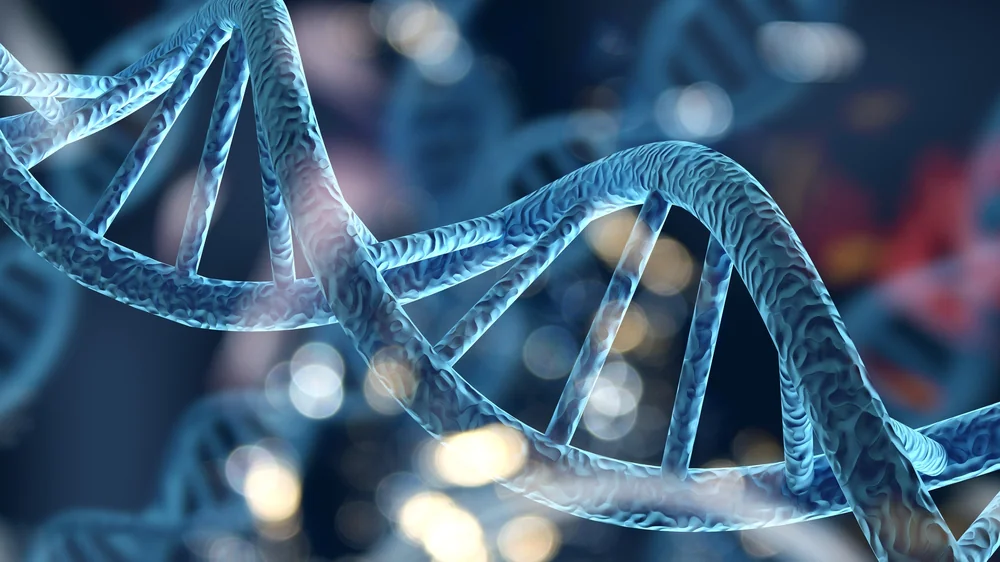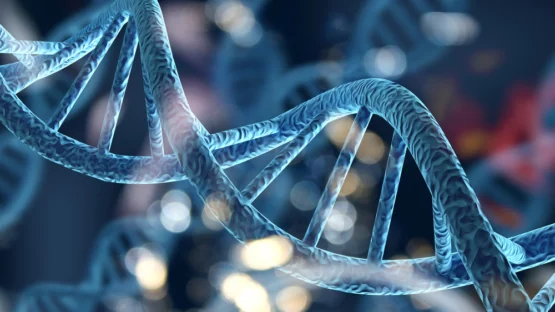Researchers have analyzed the activity of genes in the livers, kidneys, and brains of over a hundred mammals and found genes that are consistently associated with longevity [1].
The search for longevity-associated genes
Between the shortest-living and the longest-living mammal, there is a more than 100-fold difference in lifespan. This natural difference may be key to understanding the genes that drive longevity.
Previous approaches to understanding longevity-associated genes often focused on analyzing the longest-living animals, such as bowhead whales, whose lifespan exceeds 200 years, or naked mole rats, the longest-living rodents [2, 3].
Those studies pointed to particular adaptations as drivers of longevity. However, those mechanisms are specific to species or narrow groups of organisms and are not generalized across mammals. To be able to understand the common genes and pathways that may work to extend lifespan, gene activity must be examined across multiple species.
Therefore, to gain a broader understanding of longevity-associated genes, these researchers analyzed 103 species from different groups of mammals, including cows, goats, foxes, bats, mice, gorillas, platypi, Tasmanian devils, opossums, sugar gliders, and humans. This broad range of animals makes this the most comprehensive cross-species study of lifespan-associated genes.
Longevity-associated genes and pathways
Researchers analyzed the activity of genes in different animals in three tissues: kidney, liver, and brain. They assessed whether those genes are associated with longevity traits, such as maximum lifespan or female time to maturity. If a gene was found to be significant for more than two longevity-related traits, then the authors considered this gene to be a longevity-related gene.
The genes identified as being positively associated with longevity have different functions. They play a role in such diverse aspects as learning and memory, DNA repair, cancer suppression, and stress-related cellular functions.
Other hits include genes linked to creatine (a molecule located mostly in muscles) synthesis or genes whose increased expression inhibits mTOR signaling. mTOR is part of a pathway that is important for sensing nutrients and growth. Its inhibition prolongs the lifespan of yeast [4].
Researchers also identified a gene that encodes a protein that plays a role in programmed cell death. Suppressing this protein leads to a decrease in cellular viability and can lead to cellular death by other means.
Some pathways that included longevity-associated genes were related to the immune system and inflammation. Those results align well with previous research that pointed to the improved ability to resist inflammation among people with longer lifespans.
In the brain, longevity-associated genes were involved in pathways that play a role in oxidative damage repair. Oxidative damage occurs when the cells produce too many free radicals, which can then cause damage to proteins, lipids, or DNA in cells [5].
Other pathways were associated with genes that are negatively correlated with longevity, including the metabolism of lipids and lipoproteins, proteins, amino acids, and derivatives; pathways that are related to Alzheimer’s disease; and pathways that create reactive oxygen species that lead to oxidative damage.
Common themes
Most identified genes or pathways showed increased activity only in one or two tissues. Researchers wanted to find if there are common themes between the kidneys, liver, and brain.
Scientists identified several pathways correlated with longevity in all three tissues they looked at. They observed that longevity-associated pathways were often related to transcription and translation fidelity. These pathways are responsible for translating DNA code into proteins.
Previous research suggests that translation fidelity has an impact on lifespan. For example, naked mole rats have been shown to have better translation fidelity than mice [6].
The analysis also revealed that longevity-related genes were enriched for essential genes and old genes in all three tested tissues. Essential genes are required for cellular function. Old genes are the ones that appeared before mammals emerged during evolution. Most essential genes are also old genes.
The results of this analysis suggest that changes in the activity levels of essential genes play an important role in lifespan across different mammalian species.
Researchers then compared the genes they identified in this study to the genes that are known to impact aging in the model organisms commonly used in the lab. While there was some overlap, most newly identified genes were not previously known as aging-related genes. These newly identified genes and pathways may be valuable in future aging research.
Literature
[1] Liu, W., Zhu, P., Li, M., Li, Z., Yu, Y., Liu, G., Du, J., Wang, X., Yang, J., Tian, R., Seim, I., Kaya, A., Li, M., Li, M., Gladyshev, V. N., & Zhou, X. (2023). Large-scale across species transcriptomic analysis identifies genetic selection signatures associated with longevity in mammals. The EMBO journal, e112740. Advance online publication.
[2] Seim, I., Ma, S., Zhou, X., Gerashchenko, M. V., Lee, S. G., Suydam, R., George, J. C., Bickham, J. W., & Gladyshev, V. N. (2014). The transcriptome of the bowhead whale Balaena mysticetus reveals adaptations of the longest-lived mammal. Aging, 6(10), 879–899.
[3] Kim, E. B., Fang, X., Fushan, A. A., Huang, Z., Lobanov, A. V., Han, L., Marino, S. M., Sun, X., Turanov, A. A., Yang, P., Yim, S. H., Zhao, X., Kasaikina, M. V., Stoletzki, N., Peng, C., Polak, P., Xiong, Z., Kiezun, A., Zhu, Y., Chen, Y., … Gladyshev, V. N. (2011). Genome sequencing reveals insights into physiology and longevity of the naked mole rat. Nature, 479(7372), 223–227.
[4] Gebre, S., Connor, R., Xia, Y., Jawed, S., Bush, J. M., Bard, M., Elsalloukh, H., & Tang, F. (2012). Osh6 overexpression extends the lifespan of yeast by increasing vacuole fusion. Cell cycle (Georgetown, Tex.), 11(11), 2176–2188.
[5] Pizzino, G., Irrera, N., Cucinotta, M., Pallio, G., Mannino, F., Arcoraci, V., Squadrito, F., Altavilla, D., & Bitto, A. (2017). Oxidative Stress: Harms and Benefits for Human Health. Oxidative medicine and cellular longevity, 2017, 8416763.
[6] Azpurua, J., Ke, Z., Chen, I. X., Zhang, Q., Ermolenko, D. N., Zhang, Z. D., … & Seluanov, A. (2013). Naked mole-rat has increased translational fidelity compared with the mouse, as well as a unique 28S ribosomal RNA cleavage. Proceedings of the National Academy of Sciences, 110(43), 17350-17355.



